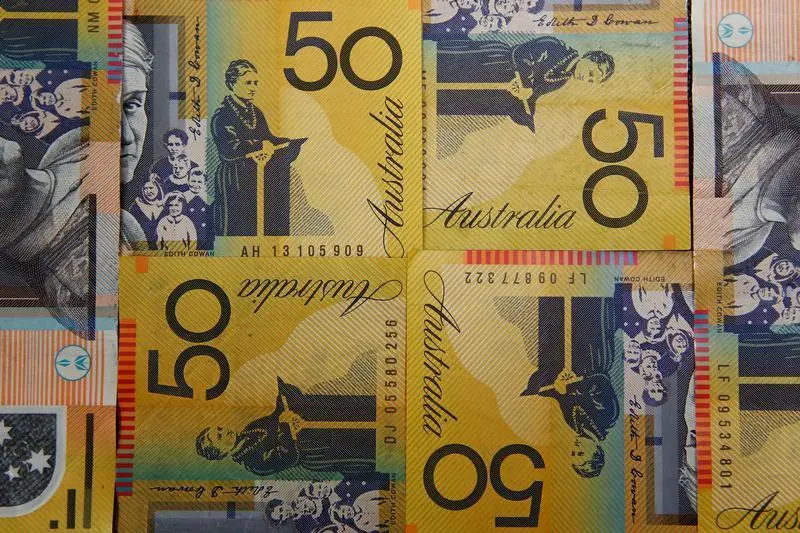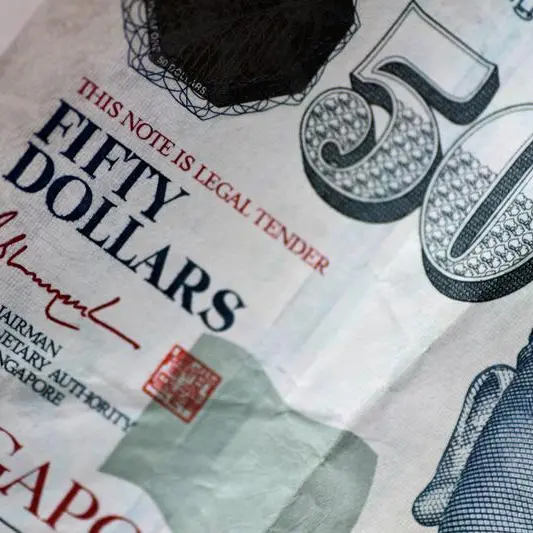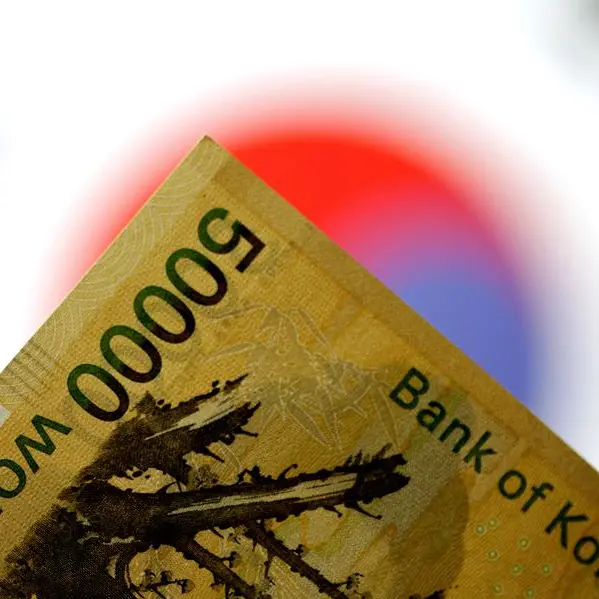PHOTO
The Australian and New Zealand dollars found support on Monday after a slide last week, helped by better-than-expected Chinese data but central bank meetings this week are seen as posing downside risks.
The Aussie edged up 0.1% to $0.6564, after losing 1% last week to test support at the 200-day moving average of $0.6559. A clear break below there would open the door to $0.6477, a low from early March.
The kiwi dollar gained 0.2% to $0.6095. It lost 0.8% last week and at one point fell as low as $0.6081. Its 200-day moving average of $0.6079 is proving to be support for now.
Data showed on Monday China's factory output and retail sales beat expectations in the January-February period, marking a solid start for 2024 and offering some relief to policymakers and investors.
The Australian dollar is often sold as a proxy for the China's economic fortunes.
However, the bigger tests lie ahead. The Federal Reserve will decide on its monetary policy on Wednesday after recent inflation data suggested a slight increase in the risk that rate cuts may be delayed, while the Reserve Bank of Australia will unveil its policy move on Tuesday.
Joseph Capurso, head of international economics at Commonwealth Bank of Australia, said the Aussie could trade in a wide range of 64 cents to 66 cents this week.
"We consider both the FOMC and RBA meetings could pull AUD/USD lower. The FOMC could be hawkish by reducing the number of rate cuts in its 'dot plot'. There is a risk the RBA removes or weakens its tightening bias given the quicker than expected deceleration in inflation and weak economic growth."
The RBA is expected to keep interest rates unchanged for a third straight meeting, with the focus on whether the central bank retains a tightening bias.
Bonds recovered a little on Monday. Australian three-year bond futures rose 3 ticks to 96.28, having lost 15 ticks last week. (Reporting by Stella Qiu; Editing by Edwina Gibbs)























